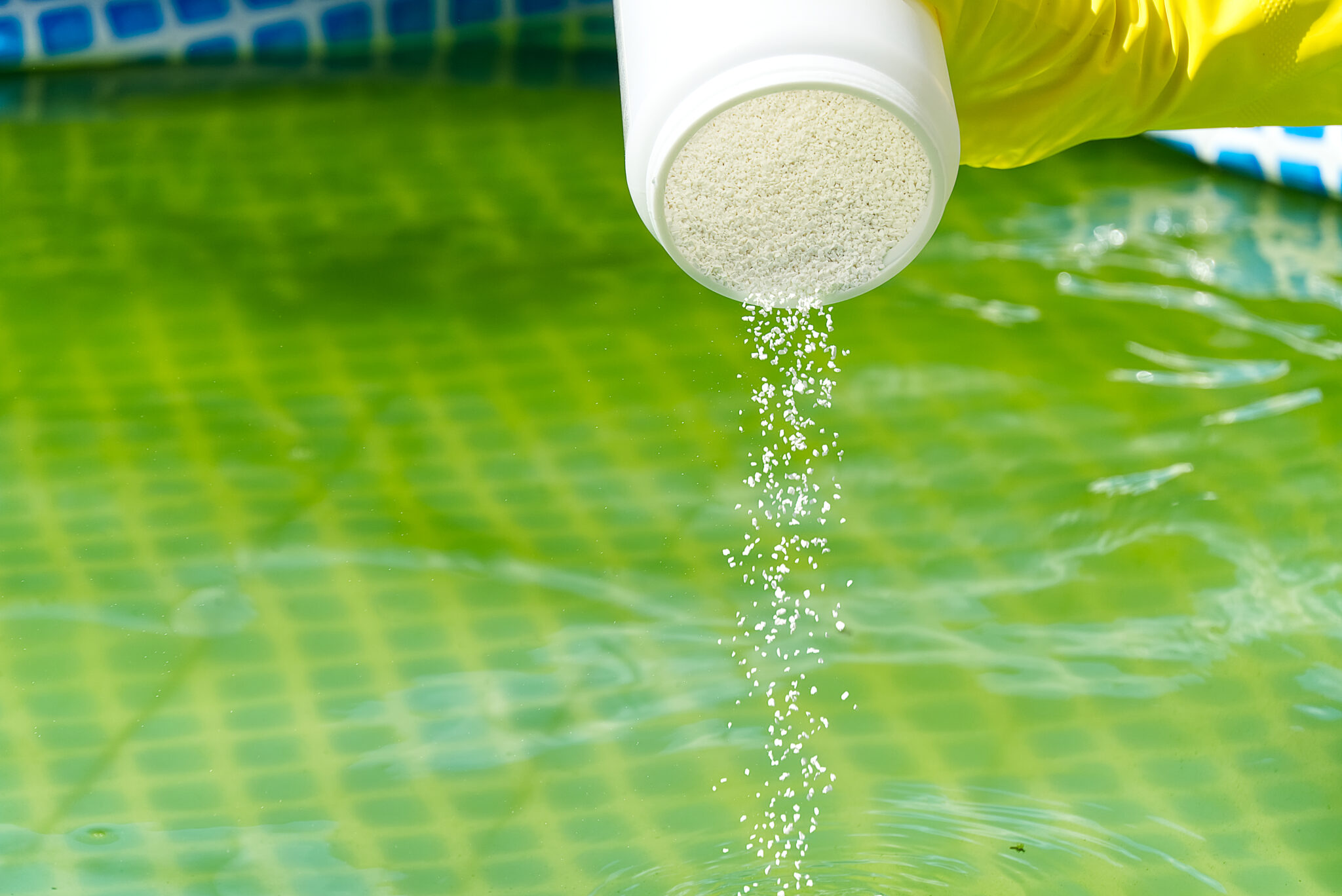
Having a pool in your backyard can be a great source of pleasure and relaxation. However, it is important to watch for any common pool problems that may arise. From water imbalance to circulation and equipment issues, there are several signs to watch out for to ensure your pool remains in top condition.
Signs of Pool Water Imbalance
The most common pool problems stem from an imbalance in the water chemistry. This can cause various issues, from cloudy water to algae growth. Here are some of the signs to look out for:
Cloudy Water
Cloudy water is among the most common signs of a pool water imbalance. High levels of calcium, bacteria, or other contaminants in the water can cause this.
High pH Levels
High pH levels can cause the water to become cloudy and can also cause staining on the pool walls. It can also lead to scaling on the pool surfaces.
Low pH Levels
Low pH levels can have the opposite effect, causing the water to become acidic. This can cause corrosion of the pool surfaces and can also irritate swimmers’ eyes and skin.
High Alkalinity Levels
High alkalinity levels can cause the water to become cloudy and can also cause scaling on the pool walls and surfaces.
Low Alkalinity Levels
Low alkalinity levels can cause the pH to fluctuate, irritating swimmers’ eyes and skin.
Signs of Pool Circulation Problems
Problems with the pool circulation system can also lead to several issues. Here are some of the signs to look out for:
Algae Growth
Algae growth can be caused by poor circulation, as the water needs to be filtered and circulated correctly.
Dead Spots in the Pool
Dead spots in the pool can be caused by poor circulation, as the water is not being filtered and circulated properly.
Uneven Water Temperature
Uneven water temperature can be caused by poor circulation, as the water is not filtered and circulated properly.
Stagnant Water
Stagnant water can be caused by poor circulation, as the water is not being filtered and circulated properly.
Signs of Pool Equipment Problems
Problems with the pool equipment can also lead to several issues. Here are some of the signs to look out for:
Clogged Filter
A clogged filter can cause poor circulation and lead to cloudy water and algae growth.
Leaking Pump
A leaking pump can cause poor circulation, cloudy water, and algae growth.
Broken Pool Light
A broken pool light can cause the pool to become darker than usual, making it difficult to see in the water.
Faulty Heater
A faulty heater can cause the water temperature to fluctuate, leading to uneven water temperature.
What to Do if You Notice Any of These Issues
If you notice these common pool problems, taking action as soon as possible is important. The first step is to test the water to determine the cause of the issue. Once you have identified the problem, you can take the necessary steps to address it. This may involve adding chemicals to the water, cleaning the filter, or replacing faulty equipment. Regularly testing and maintaining the water levels is also important to prevent future issues.
By watching for these common pool problems and taking the necessary steps to address them, you can ensure that your pool remains in top condition for years to come.
